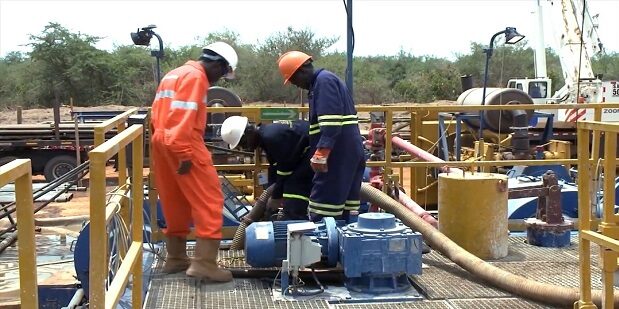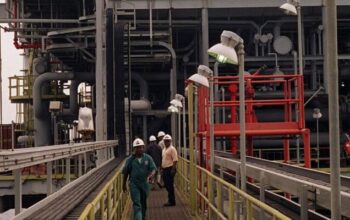Uganda is staking its future on the development of its oil and gas resources, unveiling a dual strategy that involves tapping into hydrocarbon wealth while concurrently implementing an energy transition plan financed by the profits generated from these resources.
According to Uganda’s Minister of Energy and Mineral Development, Ruth Nankabirwa Ssentamu, the country anticipates a significant economic boost over the next 25 years, with oil and gas revenues injecting $8.6 billion into Uganda’s GDP as production from the Lake Albert development begins in 2025. Ssentamu highlighted this optimistic outlook during a press briefing in Kampala.
Discussing the global approach to reducing hydrocarbon production, Ssentamu referred to the “last in, last out” concept deliberated at the 28th UN Climate Change Conference (COP28) in Dubai. She emphasized that this approach allows developing nations like Uganda to exploit their resources, aligning with the advantages enjoyed by more established oil producers.
To support its transition, Uganda has introduced a plan to utilize oil and gas revenues for providing electricity to all citizens by 2030, along with promoting cleaner cooking options.
Uganda’s flagship oil and gas projects, including the Tilenga and Kingfisher upstream projects, are expected to contribute significantly to the country’s economic growth. The Tilenga project, operated by France’s TotalEnergies, has commenced drilling, with 25 wells drilled to date. The project envisions a total of 426 wells across 31 well pads.
The Kingfisher Development Area Project, operated by China’s CNOOC, is progressing ahead of schedule, with infrastructure development, including a processing facility and wells, underway.
Uganda’s mid- and downstream projects involve the construction of the $5 billion East African Crude Oil Pipeline (EACOP) and the $4 billion Hoima Refinery. These projects, combined with government infrastructure investments, represent a total commitment of $20 billion to Uganda’s economy.
Uganda is also doubling down on exploration drilling and new license areas, with ongoing efforts by companies such as Oranto Petroleum, Armour Energy, UNOC, and DGR Energy Turaco Uganda SMC Ltd.
The East African Crude Oil Pipeline (EACOP) is a crucial component of Uganda’s oil export strategy, with production slated for export through the port of Tanga in Tanzania. TotalEnergies holds a majority stake in EACOP, along with UNOC, Tanzania’s TPDC, and CNOOC as partners.
Additionally, Uganda has signed a memorandum of understanding with the UAE’s Alpha MBM Investments to finance the construction of a 60,000 B/D refinery at Hoima, marking East Africa’s first major refinery. The refinery aims to end Uganda’s reliance on imported refined products, supporting the country’s energy transition plan.
In summary, Uganda’s comprehensive strategy involves leveraging its oil and gas resources for economic growth, while simultaneously embracing an energy transition plan to meet evolving global demands and sustainability goals.
![]()




